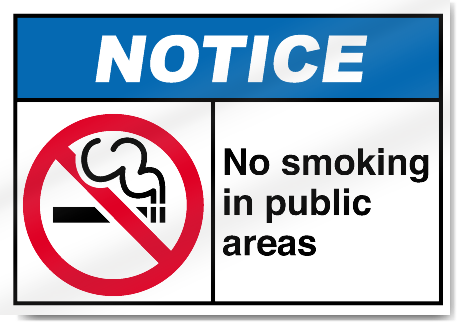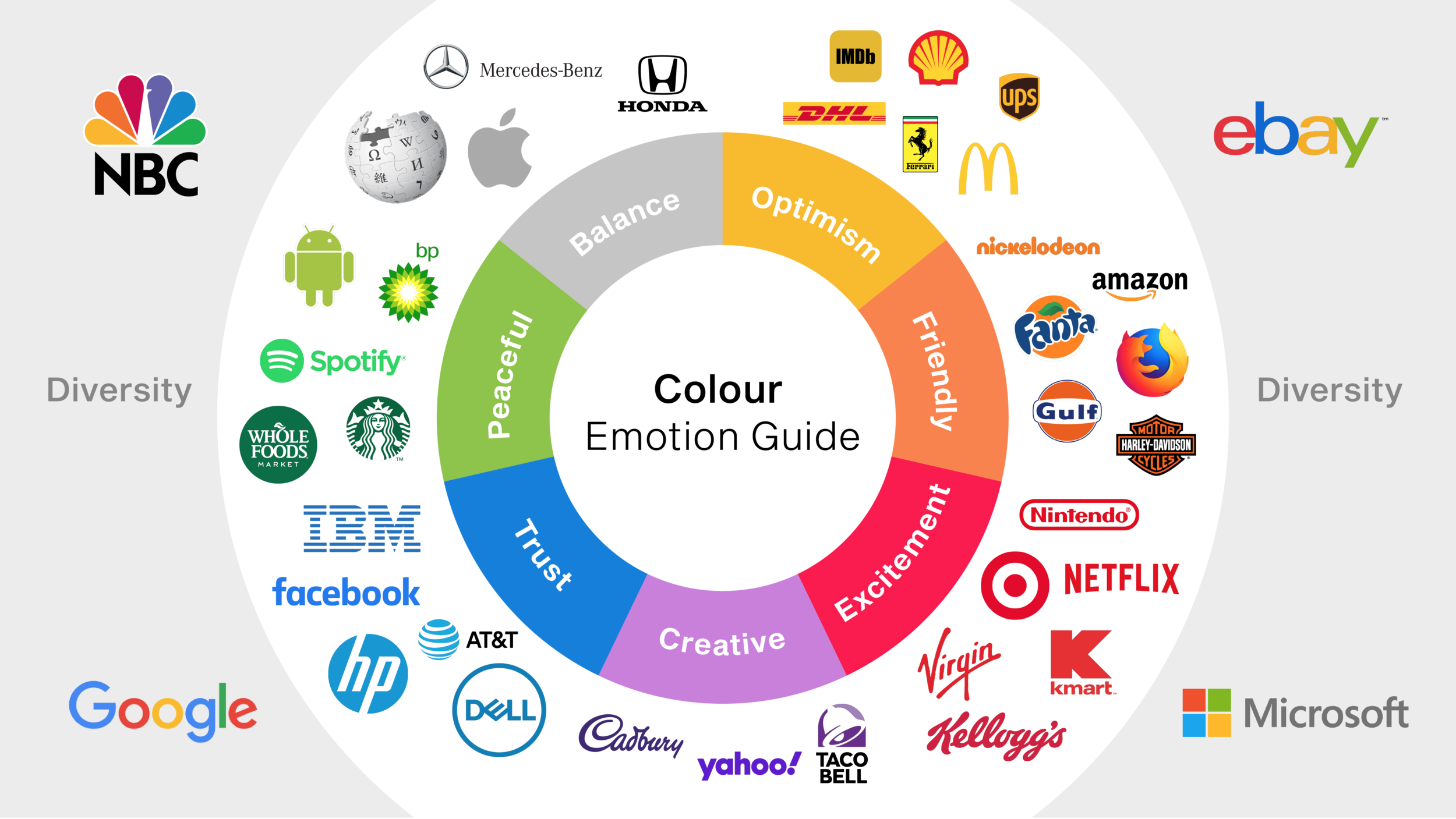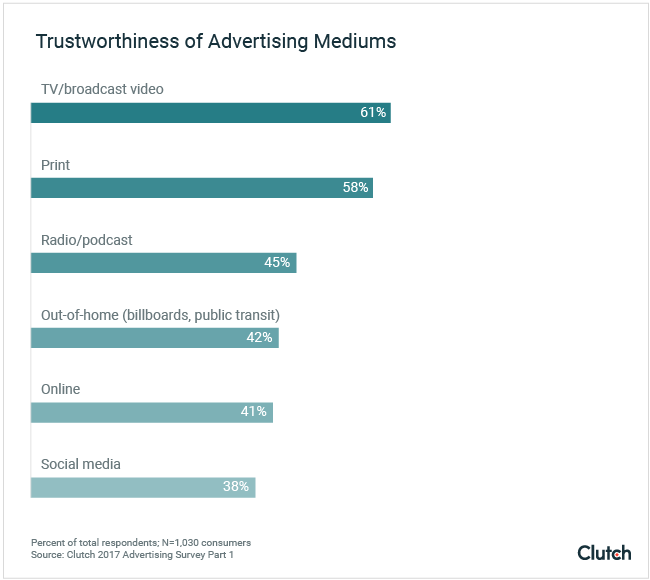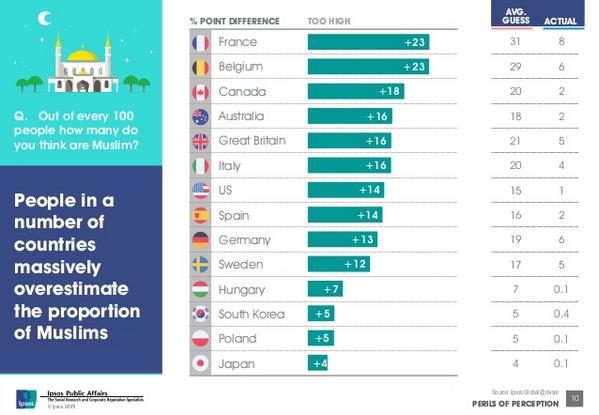By Yousif Al Hamadi
Today, media research includes studies on media effects and media content analysis, which show how people use messages they receive from the media. Major research studies have examined the effects of the media and some of its roles in people’s lives. Media scholars and researchers initially presented theories that showed extreme media power, which directly affected mass consumption. Later, studies and experiments proved that media effects were limited, indirect, or minimal. As a result, they presented other theories that considered human behavior, technology, and the relationship between mass media and mass consumption. Some theories favored the passive audience, others preferred the active audience, and others looked at the cause and connection with the event. Additionally, media scholars and researchers presented cultural media theories where symbolism emerged as a critical element in some of their construction. Others interpreted social and political practices by using the effects of mass media on public opinions and behaviors.

Propaganda
Propaganda is one of the earliest forms of communication, which attempts to achieve a wide range of responses that further the desired intent of the propagandist. It is a deliberate manipulation that uses symbols, gestures, words, images, or music to affect people’s thoughts, beliefs, attitudes, and behaviors (Narasimha Reddi, 2014: 8). Communications theorist Harold Lasswell noted that during the First World War, a propagandist media had duped the people. In 1948, he based his work on a model that focused on a set of questions:
who says what, in which channel, to whom, with what effect?
(Chandler and Munday, 2011: 118)
Lasswell’s approach viewed human responses to the media as uniform and immediate. Similarly, other theories developed in the 1930s, such as the Magic Bullet and the Hypodermic Needle Theory, offered readymade opinions for the unthinking herd. They were based on the assumption that people are uniformly controlled by their instincts and react to whatever comes along due to human nature (Jowett and O’Donnell, 2014: 182). For instance, in 1754, Benjamin Franklin, a Founding Father of the United States, drew a severed snake of eight pieces to symbolize the separate colonies, with the caption ‘JOIN, or DIE.’ This political cartoon became a potent propaganda weapon throughout the Revolutionary period (Jowett and O’Donnell, 2014: 90).

In 1944, American sociologist Paul Lazarsfeld presented a study analyzing the United States presidential election of 1940. The study examined changes in voters’ opinions in Ohio over several months, with the expectation of directly affecting their voting behavior. The analysis showed that many voting decisions are different from the messages sent to the public. It turned out that there are other factors beyond the media that influence ideas and knowledge, such as social interactions. Lazarsfeld called this process the two-step flow of communication (Cobley and Schulz, 2013: 19-20).
The American radio program War of the Worlds, broadcast on Halloween of 1938, proved Lazarsfeld’s viewpoint. The episode was intended to spread panic, but many people did not believe it. After this incident, 135 people were interviewed, and it was clarified that better-educated people had a higher critical thinking ability, allowing them to interpret the broadcast differently (Biagi, 2016: 285). Later research found that media influences were limited, minimal, and indirect due to selective perception. The studies and viewpoints then shifted from what the media do to people to what people do to the media (Chandler and Munday, 2011: 119).
Active and Passive Affections
There is often an argument regarding media theories revolving around the two major categories of passive or active audiences. Politician Bernard Cohen defined a theory called the Agenda Setting Theory. He said that the press might not successfully tell people what to think, but it can successfully steer its readers to what to think about. Most social scientists accept this theory as an accurate description of the role of the press (Genest, 1995: 13). The theory can also explain how a social issue can rise to the level of awareness that drives the creation of policies. The Agenda Setting Theory can be seen in the example of how secondhand smoking turned into a policy issue to ban smoking in public buildings (Scott and Lewis, 2017: 1859). The theory favors passive audiences and suggests that meanings are imposed exactly as the media intended, although it is important to note that some media scholars have challenged this notion (Chandler and Munday, 2011: 131).

In contrast, fulfillment and satisfaction with media consumption obtained some researchers’ attention. The Uses and Gratification Theory is an example that focuses on why and what the audience does with mass communication tools. It favors active audiences and suggests that the audience’s engagement with media happens according to their own desire (DeFleur L. and DeFleur H., 2016: 192). The users might choose specific media to seek relaxation, entertainment, or social interaction. Currently, many media entities have developed access to on-demand media products, giving audiences the ability to consume them anywhere, anytime, and as often as they desire (Li, 2013: 8).
Cause-and-Effect Dilemma
An effect means any event that follows another event or a combination of events. Researchers assume a simple cause-and-effect relationship between human behavior and media consumption (Cannella and Soto, 2010: 178). On the 20th of April 1999, at Columbine High School in Colorado, two teenagers, Eric Harris and Dylan Klebold, murdered 12 students and a teacher and wounded 23 others before shooting themselves. They played Doom, a violent video game that simulates a shooter experience in modern times. This unfortunate incident is a clear example of how uncertain evidence suggests that violent video games, shows, and films may encourage aggressive behavior.
British Psychological Society was not convinced, saying,
There is a difference between pressing a buzzer and shooting their classmates in a college
(Radford, 2000)
Some theorists find determinism plays a significant role in the issue of establishing meaning in acts of communication. Some effects may be attributed to a strong determining cause that is sufficient on its own to produce them. Others may be attributed soft determinism as a contributory influence, but not enough (Clark, 2001: 189). Critics who minimize the relationship between media violence and aggressive behavior found that a large proportion of stimuli derived from sources other than exposure to media violence (Bryant and Zillmann, 2002: 277).
In 1964, Marshall McLuhan coined the phrase:
the medium is the message
Marshall McLuhan
McLuhan’s phrase became popular to describe how messages are conveyed. Additionally, the medium itself has an impact on the content. The meaning of his statement is that values and behaviors are changing according to technology (Gray, 2017). Additionally, the interaction between mass media and mass consumption has been developing accordingly. However, teenagers and children are using media platforms as an essential source of information.
An American high school reported in 2000 that 75% of the students had access to watch cable television; 80% learn about sex, drugs, and violence from television shows, films, or other media entertainment; and 10% learn about Acquired Immunodeficiency Syndrome (AIDS) from media sources rather than teachers, parents, or friends (Gruber and Grube, 2000). Today, digital media has interwoven the daily lives of citizens and their decisions whether to vote, support, campaign, demonstrate or complain. It shapes their information environment and extends their social networks, particularly the users of social media platforms such as Facebook or Twitter. Social media have brought a democratic landscape that stretches from small acts such as signing a petition to political violence or armed struggles (Margetts, 2017).
Cultural Media Effects
The cultural media effects are another area where media reinforces values. Images become icons, symbols of a culture, event, or value. Media producers reuse them in books, films, murals, or even on t-shirts. For example, the World Trade Center attack has become an international symbol of terrorism. Similarly, the Hollywood Western actor John Wayne never served in the military, even though he was portrayed as a Pentagon propaganda expressing militant values (Connelly, 2014: 53).

Furthermore, a large number of people use celebrities as role models. They might reinforce values such as the importance of appearance, charisma, fame, wealth, and glamorous lifestyles, but at the expense of modesty, loyalty, charity, and thrift (Watson and Hill, 2015: 270). Marilyn Monroe, Jane Mansfield, and Diana Dor were the sex idols of the 1950s, and they all exhibited their feminine attributes. Some women, especially young girls, were stuffing their brassieres with padding to shape false breasts that make them look like their idols (Thesander, 1997: 166). In Western culture, debates over terms and principles might seem odd with some dominant trends. Lately, stories of celebrities regarding same-sex relationships have become less scandalous. They became relatively progressive due to some popular television shows such as Will and Grace, Modern Family, and Glee that feature lesbian, gay, bisexual, and transgender (LGBT) themes and characters (Szeman and O’Brien, 2017: 169).
In semiotics, the study of signs, messages are considered necessary for encoding and decoding. Linguist and literary theorist Roman Jakobson argued that understanding messages – whether text, content, or meaning – requires textual and social knowledge of relevant codes and contexts. They can have different linguistic functions, not only a referential function for information (Chandler and Munday, 2011: 273). The philosopher George Herbert Mead and the sociologist Charles Horton Cooley conceived the Theory of Symbolic Interactionism, a set of interrelated assumptions and concepts to explain social life. It covers the interpersonal exchange relationship between social institutions and individuals, depending on the symbolic meaning that people develop in the process of social interaction (Musolf, 2003; 2).

The Spiral of Silence, developed by the scholar Elisabeth Noelle Neumann, explains the dynamics of public opinion and why the majority may remain silent in certain situations (Goltz and Nelson, 2017: 251). For instance, in the case of Donald Trump’s election, he succeeded by presenting himself as uncensored and radical, without any specific policies or ground structure in his campaign. He spoke the language of the silent majority, who were afraid to support him openly (Ansah, 2016).
There is an imperative to conduct stage events and affairs in ways that conform to the routines and needs of mass media and its main types of content, including news, sports, drama, entertainment, and advertising, to follow standardized formats. The idea of a staged media event belongs to the Theory of Media Logic. In 1979, David Altheide and Robert Snow used the term “media logic” to capture the systematic nature according to pre-existing definitions. The general notion of media logic is to include the influence of media requirements on a wide range of cultural happenings and public events (McQuail, 2010: 330). This theory explains why some formats have more credibility than others, such as newspapers or TV news.

The Cultivation Analysis Theory by George Gerbner is similar in dealing with consumers’ perceptions of reality. It explains how heavy television viewing leads to a long-term influence that excludes other information, ideas, and consciousness. Gerbner calls the subsequent effect ‘cultivation’, guiding common worldviews, roles, and values (Du Plooy, 1995: 10). In Britain, a 2014 Ipsos MORI polling report found that the British public thinks that one in five British people are Muslim, but in reality, it is one in 20. If 24% of the population are immigrants, the official figure is 13%. These surveys and misperceptions were spontaneous responses that were cultivated and amplified by politicians and the media, not by academics or socio-social experts (Tiffen, 2017).

Conclusion
Initially, researchers and scientists thought that media messages control those who receive them, but later, those with better knowledge and critical thinking proved that the effect is limited. However, some theorists favored theorizing about the passive audience, suggesting that meanings are imposed as the media intended. Others preferred the active audience who engaged with what suited their desires. Eventually, they realized that there is a cause-and-effect relationship between human behavior and media consumption. Surveys showed that media effects should have a strong determining cause, sufficient to create a reaction, such as linking violent behavior to aggressive media, but this is imprecise because the evidence is insufficient to establish the cause. However, no one can deny that technology has made the media available to everyone without discrimination, affecting the values and behaviors of individuals and societies. In addition, studying the media’s effects on societies is different from its effects on individuals because the media uses symbols and signs effectively and creates symbols for cultural use. Media networks and governments are aware of the power that the media has and accordingly cultivate the values and manners they want in their audience. Nevertheless, awareness of the process of media effects allows people to use mass communication effectively and minimize adverse effects.
Bibliography
Ansah, M. (2016). “Sammy Darko writes: The silent majority; spiral of silence in motion.” Citifmonline.com. Available at: http://citifmonline.com/2016/11/14/sammy-darko-writes-the-silent-majority-spiral-of-silence-in-motion/ [Accessed 26 Nov. 2017].
Biagi, S. (2016). Media/Impact: An Introduction to Mass Media. Andover: Cengage Learning.
Bryant, J. and Zillmann, D. (2002). Media Effects: Advances in Theory and Research. Mahwah, NJ: Taylor & Francis.
Cannella, G. and Soto, L. (2010). Childhoods. New York, NY: Peter Lang.
Chandler, D. and Munday, R. (2011). A Dictionary of Media and Communication. Oxford: Oxford University Press.
Clark, R. (2001). Learning from Media: Arguments, Analysis, and Evidence. Charlotte, NC: Information Age Pub.
Cobley, P. and Schulz, P. (2013). Theories and models of communication. Berlin: De Gruyter Mouton.
Connelly, M. (2014). The Sundance Reader. 7th ed. Andover: Cengage Learning.
DeFleur, L. and DeFleur, H. (2016). Mass Communication Theories: Explaining Origins, Processes, and Effects. New York, NY: Routledge.
Du Plooy, G. (1995). Introduction to Communication. Kenwyn: Juta and Company Ltd.
Goltz, A. and Nelson, B. (2017). Inventing the Silent Majority in Western Europe and the United States. Cambridge: Cambridge University Press.
Gray, R. (2017). “The Medium is the Message.” The Nanjinger. Available at: http://www.thenanjinger.com/index.php/magazine/articles/feature-stories/item/2392-the-medium-is-the-message [Accessed 26 Nov. 2017].
Genest, M. (1995). Negotiating in the Public Eye: The Impact of the Press on the Intermediate-Range Nuclear Force Negotiations. Stanford, CA: Stanford Press.
Gruber, E. and Grube, J. (2000). “Adolescent Sexuality and the Media.” West J Med, 172(3), pp.210–214. Available at: https://www.ncbi.nlm.nih.gov/pmc/articles/PMC1070813/ [Accessed 24 Nov. 2017].
Jowett, G. and O’Donnell, V. (2014). Propaganda & Persuasion. London: SAGE Publications.
Li, N. (2013). “Gratification Obtained from Television Shows on Internet TV and Conventional TV.” Lib.dr.iastate.edu. Available at: http://lib.dr.iastate.edu/cgi/viewcontent.cgi?article=4083&context=etd [Accessed 26 Nov. 2017].
Margetts, H. (2017). “Democracy is Dead: Long Live Democracy!” OpenDemocracy. Available at: https://www.opendemocracy.net/helen-margetts/democracy-is-dead-long-live-democracy [Accessed 26 Nov. 2017].
McQuail, D. (2010). McQuail’s Mass Communication Theory. California: SAGE.
Musolf, G. (2003). Structure and Agency in Everyday Life: An Introduction to Social Psychology. Maryland: Rowman & Littlefield Publishers.
Narasimha Reddi, C. (2014). Effective Public Relations and Media Strategy. PHI Learning Pvt. Ltd: Delhi.
Radford, T. (2000). “Computer Games Linked to Violence.” The Guardian. https://www.theguardian.com/uk/2000/apr/24/timradford. Accessed 24 November 2017.
Scott, C. and Lewis, L. (2017). The International Encyclopedia of Organizational Communication, 4 Volume Set, Volume 1. John Wiley & Sons: New Jersey.
Szeman, I. and O’Brien, S. (2017). Popular Culture: A User’s Guide. John Wiley & Sons: New Jersey.
Thesander, M. (1997). The Feminine Ideal. Reaktion Books: London.
Tiffen, R. (2017). “The Restorationist Impulse: Why We Hanker for the Old Ways.” The Conversation. https://theconversation.com/the-restorationist-impulse-why-we-hanker-for-the-old-ways-80880. Accessed 26 November 2017.
Watson, J. and Hill, A. (2015). Dictionary of Media and Communication Studies. Bloomsbury Publishing: London.

Pingback: Chapter 2: The Media Effects Model – Welcome To My Blog~